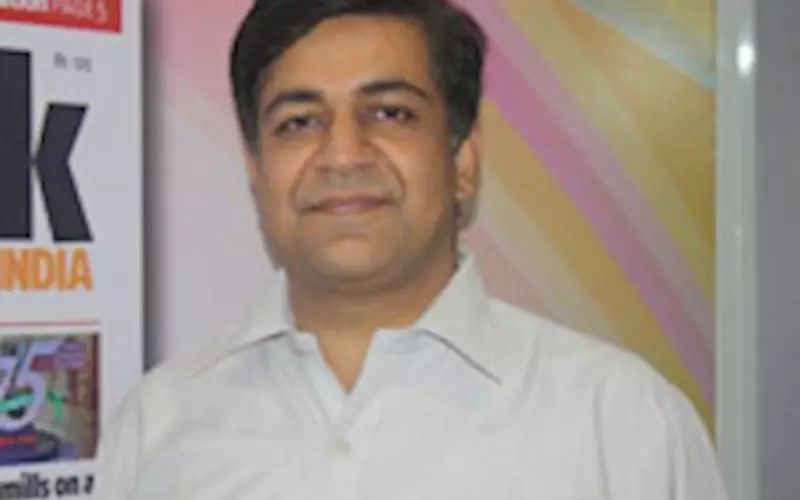Vijay Adlakha: Print business is capital intensive; hence inflation will increase the cost of borrow money
As per a representation by a printer body, there’s a 25% hike in the cost of input materials. Since January 2018, the cost of US dollar has risen to Rs 68.
In conversation with Vijay Adlakha, director, Infinity Advertising Services, we find out what print desires under the rising dollar
23 Jun 2018 | By Noel D'Cunha
70-80% of input material in the print process is produced using imported raw material. How will this affect your business, plus the pricing negotiations with your customers?
Printers who are spending more money to buy maplitho, art paper and SBS boards, their cost will be impacted the most, but printer using duplex and craft will gain as the scrap prices have come down.
However, I am sure still all the printers will be impacted, percentages might differ depending on the consumption patterns.
In the short-term one has to absorb the cost which will lead to increase in the input cost but in long-term one will have to change the selling price to the clients. Organisations like us who have contracts for a year have to suffer.
How will your company absorb this price increase? What is your strategy?
We at Infinity predicted this happening and we have imported CTP plates and consumables like blankets, chemicals much in advance. But this is a just short-term arrangement. For the long-term, the only solution is to make one's organisation much leaner and productive. As print business is capital intensive, the cost of borrowed money is bound to increase because of inflation.
Will this raw material inflation temper your company’s outlook for the year? What is the percentage you are looking at?
To be honest, as we predicted this we started alarming our clients since April-end. In some cases we are safe but surely we will be impacted where we have signed the contract for a year. On an average, we assume we could take a hit of 7% to 10% in our profits.














 See All
See All